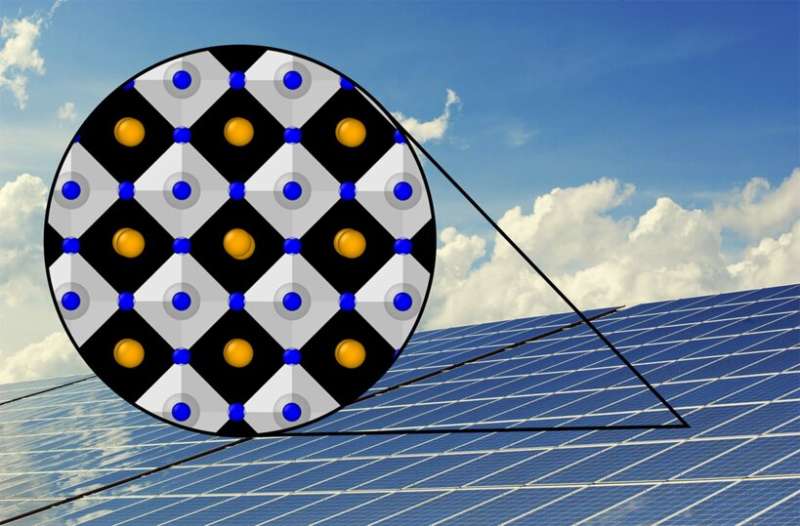Researchers use machine learning to accelerate computational study of perovskite alloy materials

Researchers in the CEST group have published a study demonstrating the effectiveness of machine learning methods to identify suitable perovskite solar cell materials. Perovskite solar cells are a novel technology gathering a lot of interest due to their high efficiency and potential for radically lower manufacturing costs when compared to the traditional silicon-based solar cells.
Despite their promising qualities, the commercialization of perovskite solar cells has been held back by their fast degradation under environmental stresses, such as heat and moisture. They also contain toxic substances that can negatively impact the environment. The search for new perovskite materials that do not have these problems is ongoing, but the established experimental and computational research methods have not been able to handle the high number of material candidates that need to be tried and tested.
CEST members Jarno Laakso and Patrick Rinke, with collaborators from University of Turku and China, developed new machine learning-based methodology for rapidly predicting perovskite properties. This new approach accelerates computations and can be used to study perovskite alloys. These alloy materials contain many candidates for improved solar cell materials, but studying them has been difficult with conventional computational methods.
The researchers demonstrated the effectiveness of the new approach by finding the most stable mixing fractions for an alloy of CsPbCl3 and CsPbBr3 perovskites. Having an efficient method for studying the stability of perovskite alloys is a key step towards engineering solar cells that are more resilient to degradation.
The same methodology that was applied to perovskites in this study can boost the discovery of other new alloy materials. After the initial success with their machine learning approach, Laakso and collaborators are looking into studying more complex perovskite alloys to discover solar cell materials that are highly efficient, nontoxic, and resilient to degradation.
The research is published in the journal Physical Review Materials.
Jarno Laakso et al, Compositional engineering of perovskites with machine learning, Physical Review Materials (2022). DOI: 10.1103/PhysRevMaterials.6.113801
Citation:
Researchers use machine learning to accelerate computational study of perovskite alloy materials (2022, November 30)
retrieved 30 November 2022
from https://techxplore.com/news/2022-11-machine-perovskite-alloy-materials.html
This document is subject to copyright. Apart from any fair dealing for the purpose of private study or research, no
part may be reproduced without the written permission. The content is provided for information purposes only.
For all the latest Technology News Click Here
For the latest news and updates, follow us on Google News.
